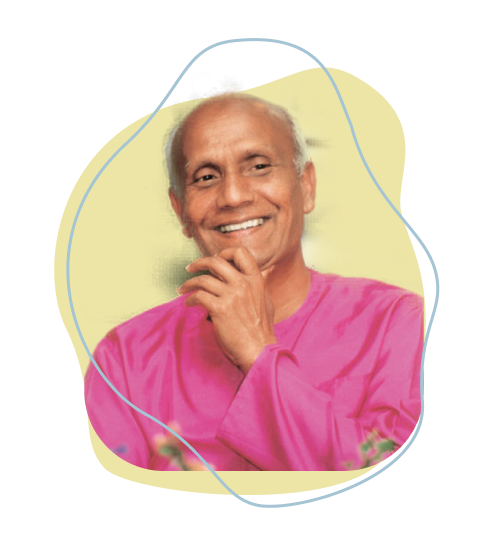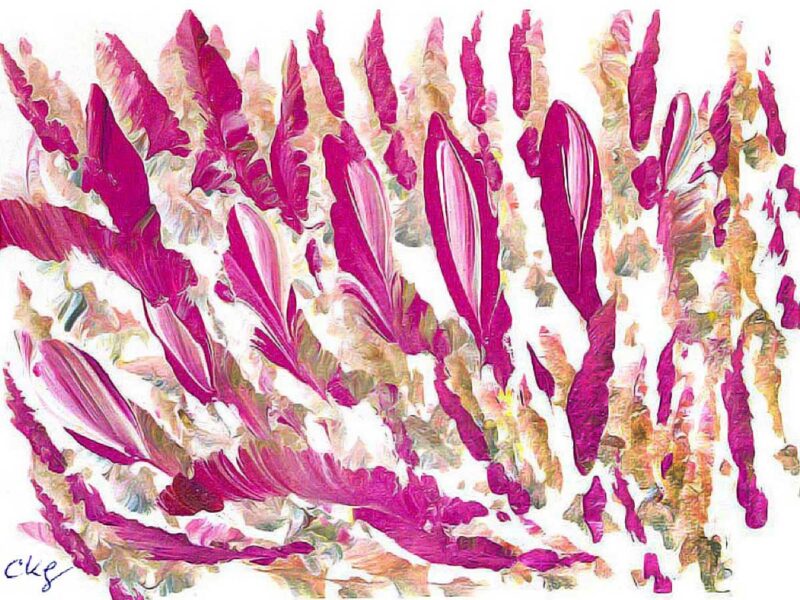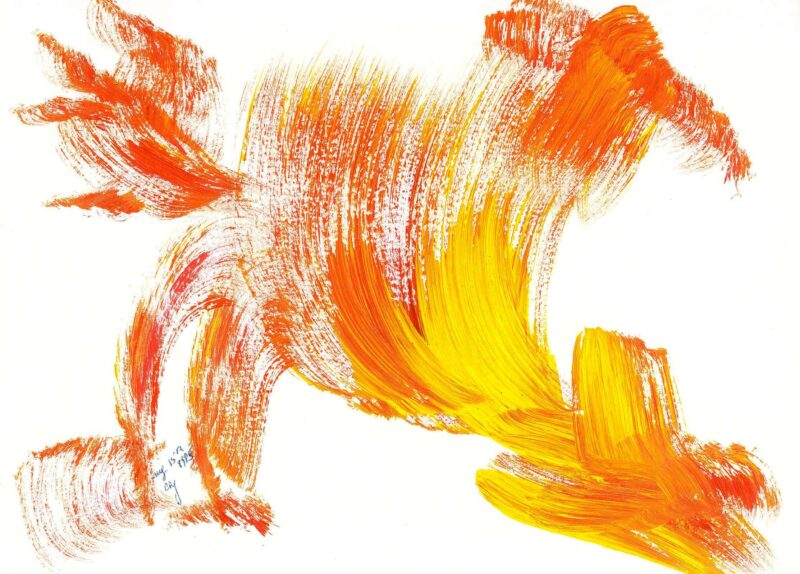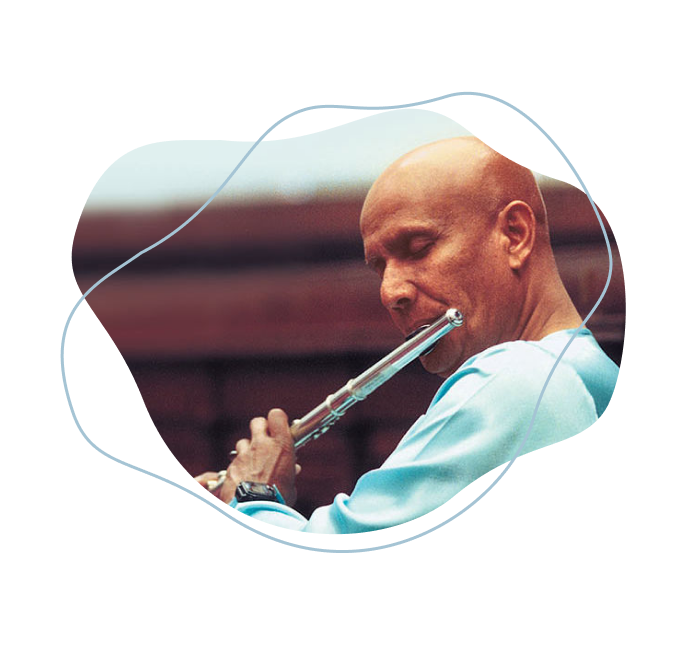About Sri Chinmoy
Sri Chinmoy was born in 1931 in India into a very spiritual family. When he was orphaned at the age of 12, he and all his brothers and sisters went to live in a spiritual community of a great spiritual Master in the south of India, the Sri Aurobindo ashram, where he achieved enlightenment at the age of thirteen. He remained in the ashram for another 20 years, where he filled his days with meditation, selfless service and sports and further deepened his enlightenment.
In 1964, after an inner inspiration, he left for New York to share his Realization with the West and to guide sincere seekers, regardless of their experience with spirituality, in their path to Self-realization. Due to the inner bond between teacher and student, distance did not play a role in this. Gradually, meditation centers opened on all continents.

Beginning in 1970, Sri Chinmoy led meditations for peace twice a week at the United Nations headquarters in New York. During his lifetime he gave more than 700 free peace concerts, playing various instruments. He wrote more than 1,600 books, most of them collections of poetry, composed more than 21,000 spiritual songs, many of them in English, and painted hundreds of thousands of colorful works of art and bird drawings.
In 1987, he founded the Sri Chinmoy Oneness-Home Peace Run, a global relay race for harmony and friendship, symbolically connecting all countries. Sri Chinmoy saw the world as one big family, within which each country can make a special contribution with its unique characteristics. Change always starts from within.
More information on www.srichinmoy.org
Fountain art
Sri Chinmoy’s painting technique, named Jharna-Kala or ‘fountain-art’ in Bengali, is characterized by its spontaneity. Sri Chinmoy has described that when he paints, he experiences a flow of creativity from the stillnes of his meditation, allowing him to follow an inner inspiration.
“I do not use the mind; I use the heart.”
“I try to make my heart a receptive instrument so that God, the Supreme Artist, can paint in and through me.”
– Sri Chinmoy
During his life Sri Chinmoy created approximately 140,000 pieces of abstract art, as well as about 16 million drawings of birds symbolizing humanity’s heart cry for freedom.



More information on www.srichinmoyart.com
Music

The music of Sri Chinmoy is known for its serene and meditative qualities, aiming to uplift the human spirit. Sri Chinmoy composed thousands of short musical compositions, written with lyrics primarily in Bengali and English.
His compositions ranged from soulful melodies and meditative chants to more dynamic and rousing pieces, reflecting his belief in music as a powerful means of spiritual expression and connection.
Sri Chinmoy often performed on a variety of instruments, such as the esraj, flute, and harmonium, among others. His concerts, which he offered free of charge, were held in venues around the world, including locations like Carnegie Hall and the Sydney Opera House. These performances were more than just musical events; they were opportunities for listeners to experience tranquility and connect with their inner selves.
“Music is the inner or universal language of God. I do not speak French or German or Italian, but when a German or an Italian sings my songs, I immediately understand and feel what they are offering to the Supreme in me.” Through his music, Sri Chinmoy wanted to break down barriers and unite people of all backgrounds in a shared experience of inner peace and divine love.
More information on www.radiosrichinmoy.com